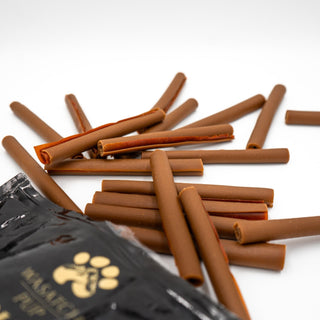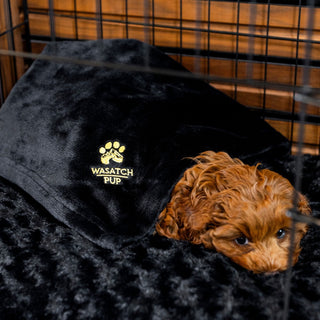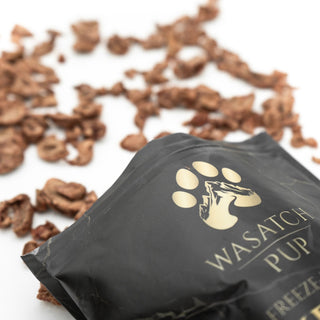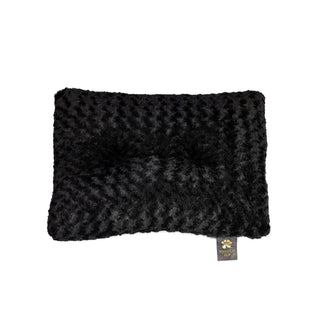Abstract
Wild canines, including wolves and feral dogs, exhibit specific feeding behaviors that prioritize nutrient-rich internal organs. This article explores these behaviors, highlights the nutritional advantages of organ consumption, and makes a case for incorporating organ meats like liver and heart into modern canine diets.

What Wolves Can Teach Us About Dog Nutrition![]()
While the idea of feeding dogs raw organs may seem unorthodox to some, it reflects a biologically appropriate diet based on the feeding patterns of their wild relatives. Wolves and wild dogs, when making a kill, consistently consume the internal organs before turning to muscle, fat, or bones. This behavior provides insight into their instinctive understanding of nutritional needs and offers a model for enhancing domestic dog nutrition.

What Do Wolves Eat First?
Studies and field observations have shown that wolves commonly begin feeding by consuming the internal organs of their prey, such as the liver, heart, lungs, and kidneys (IELC, n.d.; Outdoor Life, 2023). These organs provide a dense concentration of nutrients critical to survival in the wild. After the internal organs, wolves proceed to eat muscle tissue and, eventually, bones and hide if needed (Rawfed.com, n.d.).

Nutritional Importance of Organs
Organ meats are packed with nutrients dogs can't easily get from processed kibble:
-
Beef Liver – High in Vitamin A, B12, iron, and folate
-
Chicken Hearts – Rich in taurine, B vitamins, and CoQ10
These nutrients support brain health, red blood cell production, immune function, and heart health. Feeding organ meat is a natural way to give your dog a biologically appropriate diet that mirrors how wild canines eat.

Why Dogs Need Organ Meats Too
Many commercial dog foods fall short in mimicking the nutrient density of a wild canine diet. By including organ meats such as beef liver and chicken hearts in a dog’s regular meals, pet owners can provide a more complete and species-appropriate nutrition profile. This approach may help prevent deficiencies and support optimal health, aligning more closely with how canines evolved to eat.

Conclusion: Back to Nature
Feeding dogs organ meats is not just a raw feeding trend—it is a reflection of evolutionary biology. Understanding the natural eating habits of wolves provides valuable insight into what dogs are truly designed to consume. Incorporating organ meats into domestic dog diets can help bridge the nutritional gap left by processed foods and better support canine health and longevity.

Give Your Pup the Good Stuff 🐾
We’ve made it easy to add nutrient-rich organ meats to your dog’s diet—without the mess.
→ Shop Freeze-Dried Beef Liver, Chicken Hearts, and more
✔️ Single-ingredient
✔️ Gently freeze-dried to lock in nutrients
✔️ Loved by picky eaters
✔️ Perfect for training or everyday health
Save 10% when you bundle 3 or more — or subscribe and save every time!
References
-
International Environment Library Consortium. (n.d.). Diet & Feeding - Gray Wolf (Canis lupus) Fact Sheet. Retrieved from IELC
-
Outdoor Life. (2023). How Do Wolves Hunt? Retrieved from Outdoor Life
-
Rawfed.com. (n.d.). Myths About Raw: Do wolves eat stomach contents of prey? Retrieved from Rawfed.com
-
Angelfire. (n.d.). MYTHS ABOUT RAW FEEDING. Retrieved from Angelfire













